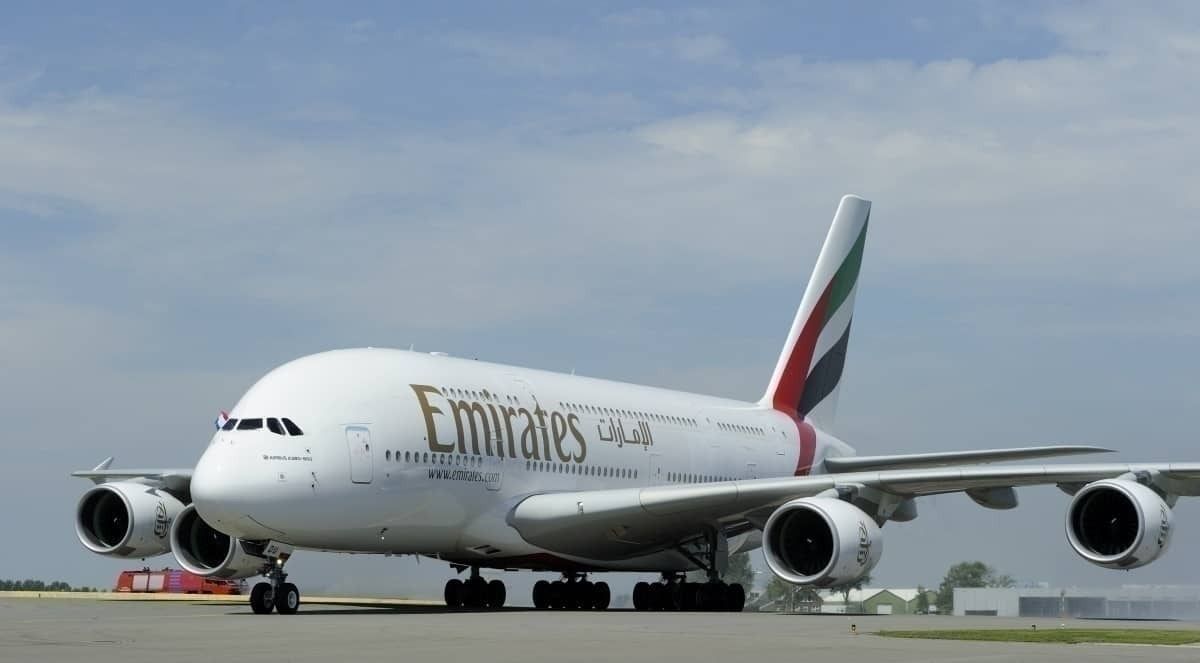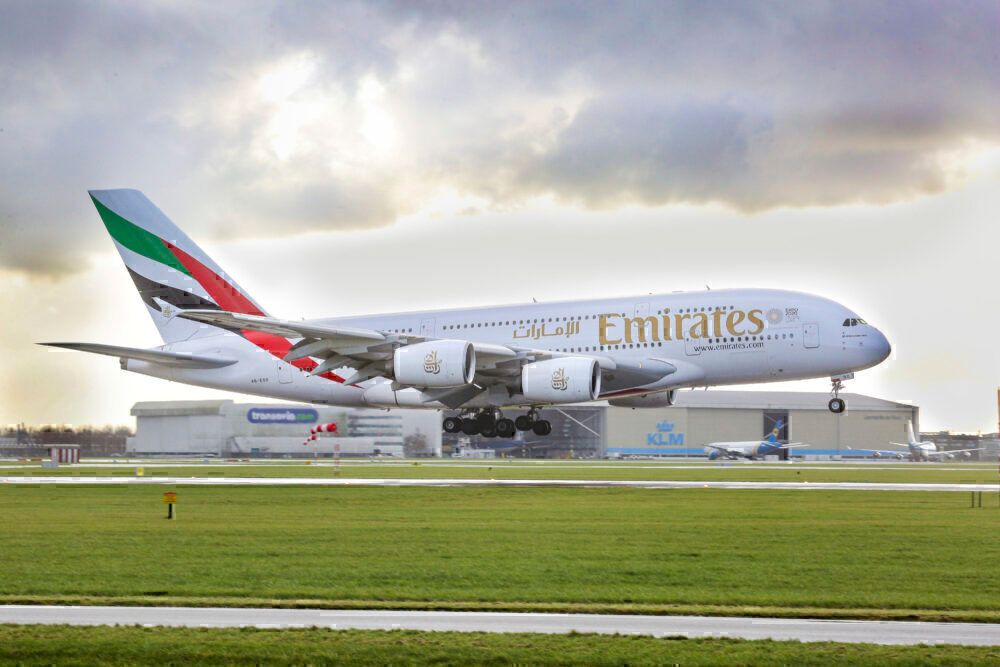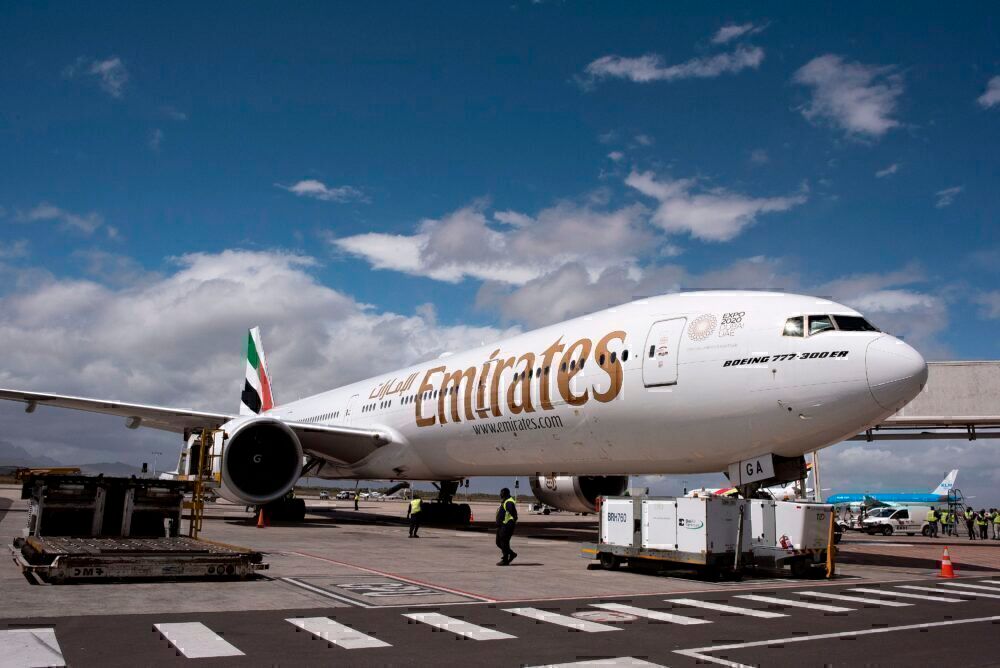Emirates has made a U-turn on its plans to serve Brazil with its Airbus A380 fleet. The UAE flag carrier will now operate January's flights between Dubai and São Paulo with its smaller Boeing 777-300ER aircraft. The airline has cited operational factors among the reasons for the reversal.
Initial plans
As Simple Flying reported earlier this month, Emirates had initially intended to deploy its flagship aircraft between Dubai and São Paulo for a three-week period in January 2021. This coincides with the southern hemisphere's summer season. The A380 would have offered increased capacity on a potentially popular route for travellers seeking winter sun.
It would also have been useful as a means of getting more of the airline's 117 Airbus A380 aircraft back off the ground. According to Planespotters.net, 103 of these remain parked due to the current crisis. Emirates had planned four weekly rotations between Dubai and São Paulo with the A380, starting on January 9th and concluding on January 30th.
Stay informed: Sign up for our daily aviation news digest.
Dubai to São Paulo represents one of Emirates' longest routes. The westbound flight to Guarulhos International, Brazil's busiest airport, is scheduled to take 15 hours and 15 minutes. The return flight to Dubai is timed at just over an hour shorter, at 14 hours and 10 minutes. Following the suspension of the service in March, it returned in August. However, at this time, Emirates operated it instead with its Boeing 777-300ER aircraft.
Recent reversal
However, CNN Brasil reported earlier this week that Emirates would not be flying the superjumbo to São Paulo after all. The airline denies that a lack of demand caused it to reach this decision. The reversal is instead said to be based on operational reasons. Specifically, these include the need for a larger and more specific crew to operate the Airbus A380.
As such, Emirates will continue to operate its Dubai-São Paulo route using aircraft from its Boeing 777-300ER fleet. This offers the airline far greater flexibility in terms of aircraft availability. While most of its A380s remain grounded, Emirates has been able to keep nearly all of its 777-300ERs in the air. Presently, 122 of its 129 examples are in active service.
A380 vs 777-300ER at Emirates
While the 777 has the upper hand at Emirates in terms of flexibility, it does not offer the additional capacity for which the A380 is known. According to SeatGuru, 777-300ERs at the airline seat between 354 (three-class) and 427 (two-class) passengers. Meanwhile, Emirates' A380s have the capacity for between 489 (three-class) and 615 (two-class) passengers.
In both instances, economy passengers are seated in a 3-4-3 configuration. As such, from a passenger experience perspective, those in economy class may find that there is little to choose between the two aircraft. Nonetheless, with such a large difference in capacity, one has to wonder whether a lack of demand may have also proved crucial in the scheduling swap after all.
What are your thoughts on these plans? Let us know what you think in the comment section.



